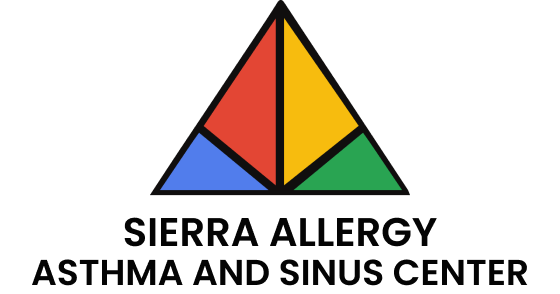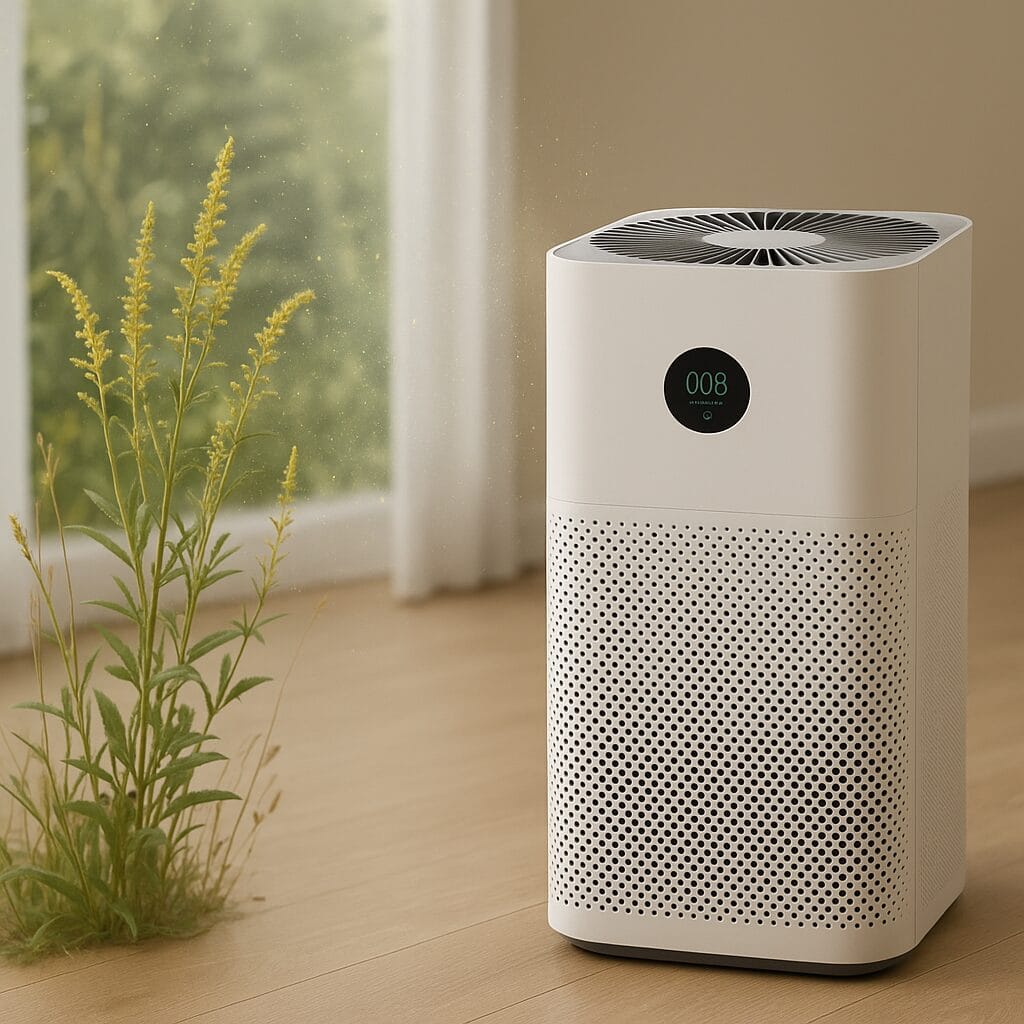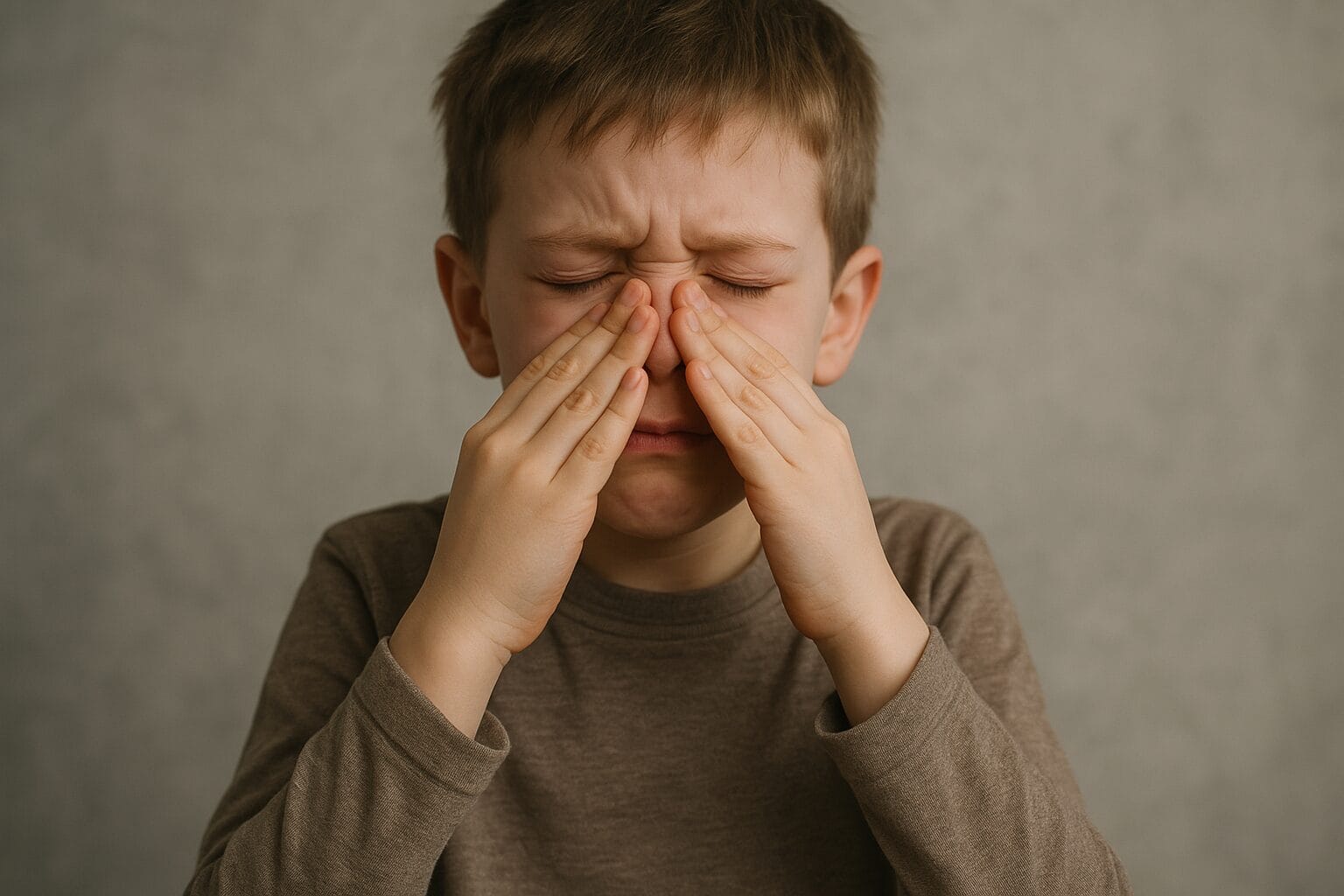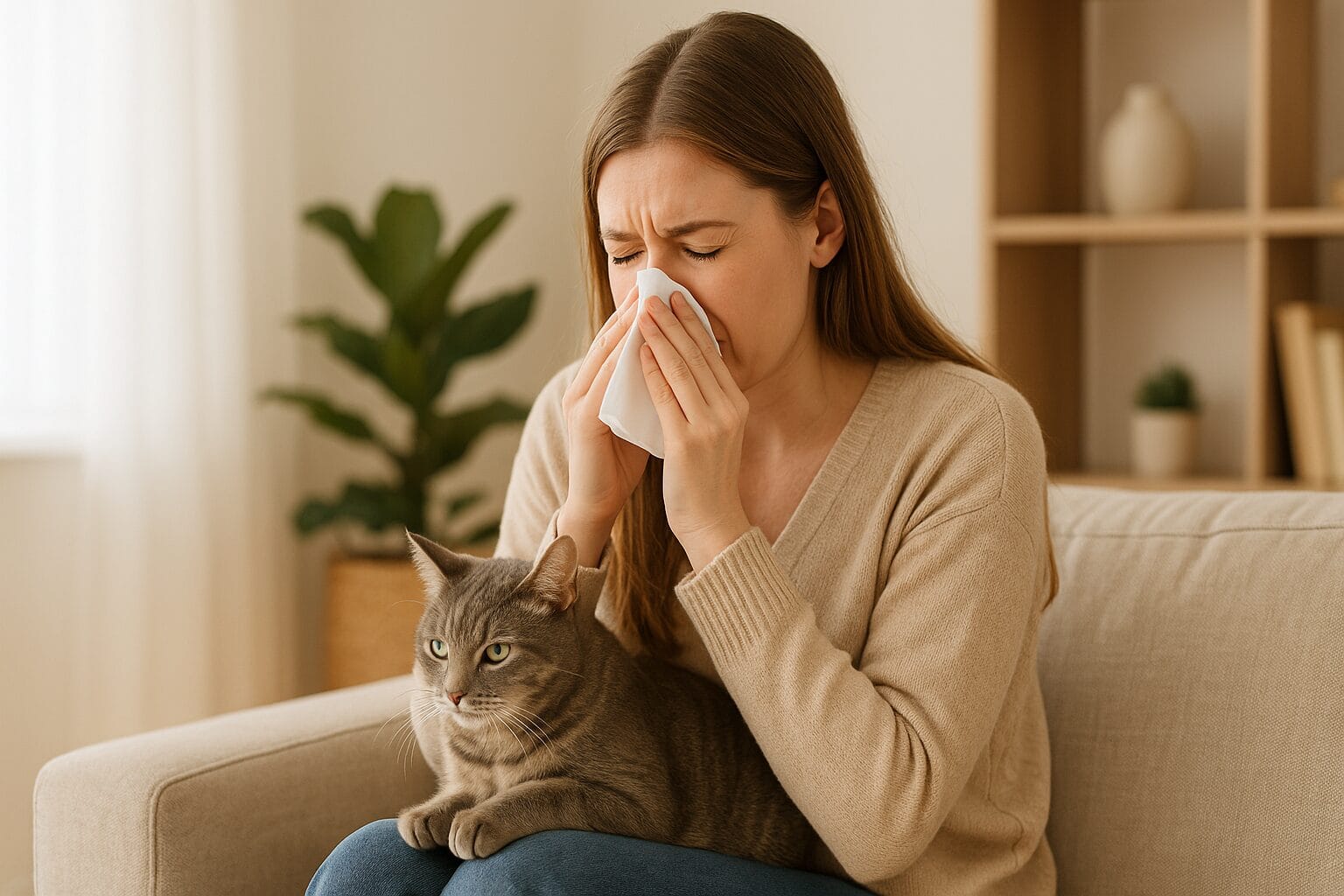Seasonal allergies can be tough on children, especially during times of the year when pollen, mold, and other allergens are in the air. As a parent, it’s hard to see your child suffer from sneezing, itchy eyes, and constant sniffles. But the good news is, there are practical steps you can take to make this time easier for them. In this blog, we’ll explore some quick and easy tips to help you manage your child’s seasonal allergies and ensure they enjoy their days, even when pollen counts are high.
What are seasonal allergies?
Seasonal allergies, also known as allergic rhinitis or hay fever, occur when your child’s immune system reacts to airborne substances like pollen, grass, mold, or dust mites. These triggers are most common during spring, summer, and fall. Children can experience symptoms such as sneezing, a runny or congested nose, itchy eyes, and sometimes even coughing or wheezing. The best way to help your child is to understand what seasonal allergy triggers are and how to manage them.
Quick tips to manage your seasonal allergies in children
Below, we’ve outlined some quick and practical tips to help you navigate through allergy season. These tips focus on reducing exposure to common seasonal allergy triggers and offer easy solutions to minimize symptoms, keeping your child feeling their best.
1. Know the allergy triggers
The first step in managing seasonal allergies is identifying what causes your child’s symptoms. Some common seasonal allergy triggers include:
- Pollen from trees, grasses, and weeds (especially in spring and summer)
- Mold spores, which thrive in damp areas
- Dust mites, which can flare up when windows are open, letting dust settle in
- Animal dander, especially when pets shed more in warmer months
Speak with an allergy specialist or immunologist who can perform tests to pinpoint your child’s specific allergens. This will help you know which allergens to avoid and when.
2. Monitor pollen counts
Pollen levels tend to fluctuate throughout the day and season. Keeping an eye on daily pollen counts in your area can help you plan outdoor activities at times when pollen levels are lower. This is especially important during spring and early summer when pollen is most prevalent. Many weather apps and websites provide regular updates on pollen levels, so it’s easier than ever to stay informed.
If the pollen count is high, consider limiting your child’s outdoor playtime, especially in the early morning and late evening when pollen is usually at its peak. On high pollen days, having indoor activities ready can help keep them entertained without exposure to allergens.
3. Keep windows closed
While it’s tempting to let in the fresh air during pleasant weather, keeping windows closed can help prevent pollen from entering your home. This is particularly useful during peak allergy seasons. Using an air conditioner to circulate cool air indoors without opening windows will reduce exposure to outdoor allergens.
Additionally, if your child has been outside for a while, have them shower or wash their hands and face when they come back inside to remove any lingering pollen.
4. Use air purifiers and clean regularly
Indoor air quality plays a big role in managing seasonal allergies. Consider using an air purifier with a HEPA filter in your home, especially in your child’s bedroom. HEPA filters can capture small particles like pollen, dust mites, and pet dander, reducing the overall allergen load in the air.
Also, cleaning your home regularly will help minimize allergens indoors. Vacuum carpets and furniture weekly, and consider washing bedding in hot water to kill dust mites. Regular dusting and decluttering can go a long way in keeping your home allergen-free.
5. Encourage your child to wear sunglasses and a hat outdoors
When your child heads outdoors, especially on windy days, encourage them to wear sunglasses and a wide-brimmed hat. Sunglasses will help protect their eyes from pollen, and a hat will keep pollen from settling in their hair. This simple tip can reduce the chances of pollen coming into contact with your child’s face and eyes, preventing irritation.
6. Use saline nasal sprays
Nasal congestion is a common symptom of seasonal allergies. A simple and effective remedy is using a saline nasal spray. Saline sprays help rinse out the allergens that get trapped in your child’s nasal passages, reducing congestion and irritation.
It’s a safe, drug-free way to keep your child’s nose clear. You can use it regularly, especially after your child has been playing outside, to wash away any inhaled pollen or dust.
7. Over-the-counter allergy medication
For children with more severe allergy symptoms, over-the-counter allergy medications can help relieve symptoms. Antihistamines are commonly used to block the body’s allergic response and can provide relief from sneezing, itching, and runny nose. There are also nasal corticosteroid sprays that help reduce inflammation in the nasal passages.
However, always consult with your child’s allergist or immunologist before giving them any new medication. Your child’s allergy specialist can recommend age-appropriate and safe medications, ensuring the best relief with minimal side effects.
8. Start allergy treatments early
If your child regularly experiences seasonal allergies, it’s a good idea to start treatments before the allergy season begins. Some medications, such as nasal corticosteroids, work best when they are started early, before allergens are at their peak.
Your immunologist or allergist can also discuss options like immunotherapy, which can help desensitize your child to allergens over time. This is especially useful for children with more severe allergies.
When to see an allergy specialist
If your child’s seasonal allergies are persistent or if over-the-counter remedies aren’t providing enough relief, it’s time to see a specialist. An allergist or immunologist can provide a more detailed diagnosis and suggest stronger treatments like prescription medication or immunotherapy.
They may also recommend allergy testing to identify the specific triggers. This can be particularly helpful if you’re unsure of what is causing your child’s symptoms. Early intervention by a specialist can make a significant difference in managing and reducing allergy symptoms.
Be proactive and stay prepared
Managing your child’s seasonal allergies is all about being proactive and prepared. Knowing your child’s triggers, keeping an eye on pollen counts, and taking steps to minimize allergens in the home can go a long way in reducing their discomfort. Remember, if your child’s allergies seem severe or you’re unsure of the best course of treatment, a visit to an allergy specialist can provide guidance and relief.
Caring for your child’s health and comfort is always the top priority, and by following these quick tips, you can help ensure they stay happy and symptom-free during allergy season.





